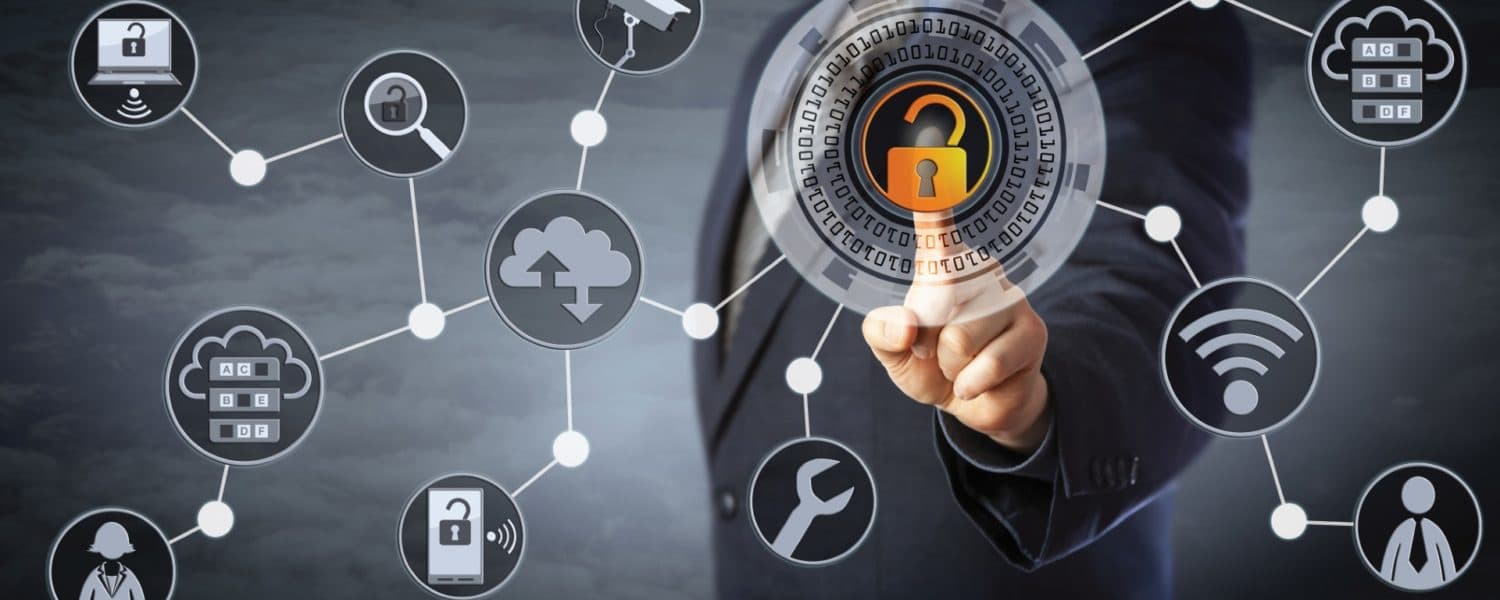By Jeffrey Coates
When in imminent danger, use the simplest means of arriving at the desired result.
Both my partner and I have worked in a tactical and, many times, violent environment for more than 35 years. Over the years, we have added many insightful lessons we were able to put away into our future toolboxes. More times than I would like to admit, the lessons came the hard way. The one absolute we have learned is there are few absolutes. Violent incidents occur lightning fast and are unforgiving. There is no such thing as “managing” an ambush and hoping the answer “is coming.” In the eye of the storm, there is only time for prioritizing the best solution for the here and now!
Understanding the effects of physiology and psychological anxiety as it relates to fear, aggression, and violence is one of the most important considerations when choosing equipment, training, and protocols related to life safety.
Emergency management professionals are an excellent resource for procedural references and explaining the minutia of written plans and policy; locksmiths are a great resource to consult with regarding features, benefits, and capabilities of the locks they sell.
The majority of those mentioned, however, are not credentialed academically or experientially to give specific and accurate information regarding boots on the ground and “point of attack” strategies, and tactics. Neither are they qualified to speak from first-hand information and accounts about how people respond physiologically and psychologically.
When it comes to the reality of dealing with a violent aggressor as it relates to access control (at the initial point of the attack, overwhelmingly in most cases at a building or room entrance), we believe it is prudent to first seek out and get an opinion of a Substance Matter Expert (as opposed to a Subject Matter Expert), and then consult with emergency managers on how to build protocols and training plans.
A Substance Matter Expert is someone who has learned through experience (i.e., has personally experienced the chaos of violent encounters; the more encounters the greater the expertise).
A Subject Matter Expert is a person who has memorized someone else’s material (somewhat like a good history teacher) but does not have direct experience with the subject matter.
Both types of expertise are critically important, as we can learn much from both; however, each needs to be understood in the appropriate context. Information received from textbooks and lectures is of a different quality from information acquired from experience.
Experientially derived knowledge is often more compelling and more likely to influence a person’s behavior and intuitive reactions than is abstract knowledge. As we all learn personally in all realms of life, the true definition of experience is taking the test first, and then getting the lesson!
Digressing back to the subject of few absolutes, it should be noted there are a few absolutes when a person is faced with a violent encounter. Two of those absolutes are human physiology and psychological anxiety. Psychological anxiety is a fancy phrase for what is also known as the “Choke Phenomenon.”
No matter how many times you have encountered violence, you can’t wean or train your body out of the sympathetic nervous system’s response; however, there are several things you can do to diminish the effects of the psychological choke phenomenon.
One thing is high quality Reality Based Training, and the other is choosing equipment and tools that are gross motor efficient and effective; and work congruently with the known effects of human physiology.
An example of this choke phenomenon was well-illustrated during one of the many active shooter incidents to which my partner and I have responded. The assailant in this 2013 incident went on a rampage at a local college and was eventually stopped by one of the college policeman. In the aftermath of the shooter being stopped, the rest of the college had to be cleared room by room.
The clearing was a long and arduous process, but there were two distinct lessons we learned through direct first-hand information while talking to the individuals involved, and while physically clearing rooms.
One of the newer buildings we cleared had an electronic locking system and was running building access from a centrally located area. The person who was responsible for actually initiating the lockdown told my partner he was overcome with fear and anxiety. When he heard shots being fired, he could not remember the sequence for getting the system to lockdown. He told my partner he couldn’t remember which knobs to turn first and his hands were shaking uncontrollably.
Before making any judgments about this person’s actions or in-actions, keep in mind an armed intruder just walked into the college and was walking down the hallway shooting through the walls and doors with a rifle!
The other issue I personally ran into while clearing rooms, in one particular building, was the students and teachers had locked and barricaded every single door in the hallway. One of the doors was barricaded with a 400-pound safe. It took 10 minutes to convince the occupants of the room we were first responders and we needed them to push the safe away so we could clear the room and get them moved to the reunification location.
There were many valuable lessons gleaned from this horrific incident. I have focused on these two because they are directly related to access control, and because we have personally seen these same two issues over and over in active assailant incidents.
Modern security technologies are nothing short of amazing and can without question make you safer. But these technologies are highly dependent on human beings, and as is the case with any endeavor undertaken by humans under survival stress, there are real limitations.
When we are involved in a violent incident, our primal brain takes over certain functions of our body in an attempt to best protect us. When we experience this life-threatening fear, our brain signals an adrenaline dump into our blood stream, and our heart rate automatically increases dramatically along with a number of other temporary physiological changes. Blood is shunted to our core and brain, and complex motor skills and cognitive reasoning are greatly degraded.
This is a well-known “Hard Wired” reaction and has been documented through scientific study and authenticated by many testimonials of people who were victims of violent encounters.
Understanding these automatic responses are key to choosing an effective and viable access control system. Here are just a few of the questions our personal experience has taught us are the most important.
1. Is the individual(s) responsible for the safety and well-being of the occupants in the room or building empowered by the access control system to use their initiative when they recognize a threat? Will they be able to quickly and efficiently lock down, lock out, or evacuate? In too many incidents, we have witnessed a total lack of empowerment given to the individual, by the “authority” in charge, to act with initiative when they recognize a threat.
2. Is your access control-intuitive or counter-intuitive? Does it enable the user the capability to quickly and easily open or close the entry point without being exposed to the threat, or identifying the room as being occupied when locked down? In crisis situations, time is measured in milliseconds and seconds, not minutes. Simple, intuitive, and does it meet the K.I.S.S. Rule standard?
Law enforcement officers and members of special weapons teams deal with violence on a regular basis, and there is a well-known rule they apply when carrying out complex tasks during dangerous operations.
The K.I.S.S. Rule is an acronym for: Keep It Simple Stupid. This rule isn’t used to denigrate someone’s intellectual capacity or lack of capacity; on the contrary, these men and women are highly intelligent, intuitive, and logical thinkers. This rule is used as a ritualistic process because it is understood that under violent, high-stress encounters, even highly trained tacticians will only be able to rely on survival mode thinking to effectively overcome and defeat a threat.
Survival mode responses affect everyone! It doesn’t care who you are or what your credentials say: special operations team member, a 55-year-old CEO, or a special needs teacher.
It should be studied, well understood, and consciously considered when choosing safety equipment, training, and protocols. The return on the time invested in the proper training and execution is critical and a priceless commodity in this day and age… that could make all the difference in saving lives.
Deputy Sheriff Jeffrey Coates (Ret.) has 35 years of combined law enforcement and military experience. He is the co-owner and chief operations officer of Anchorman, Inc., www.anchormaninc.com.
Lieutenant Thomas Giandomenico also contributed to this article. He is co-owner and chief executive officer of Anchorman, Inc.






